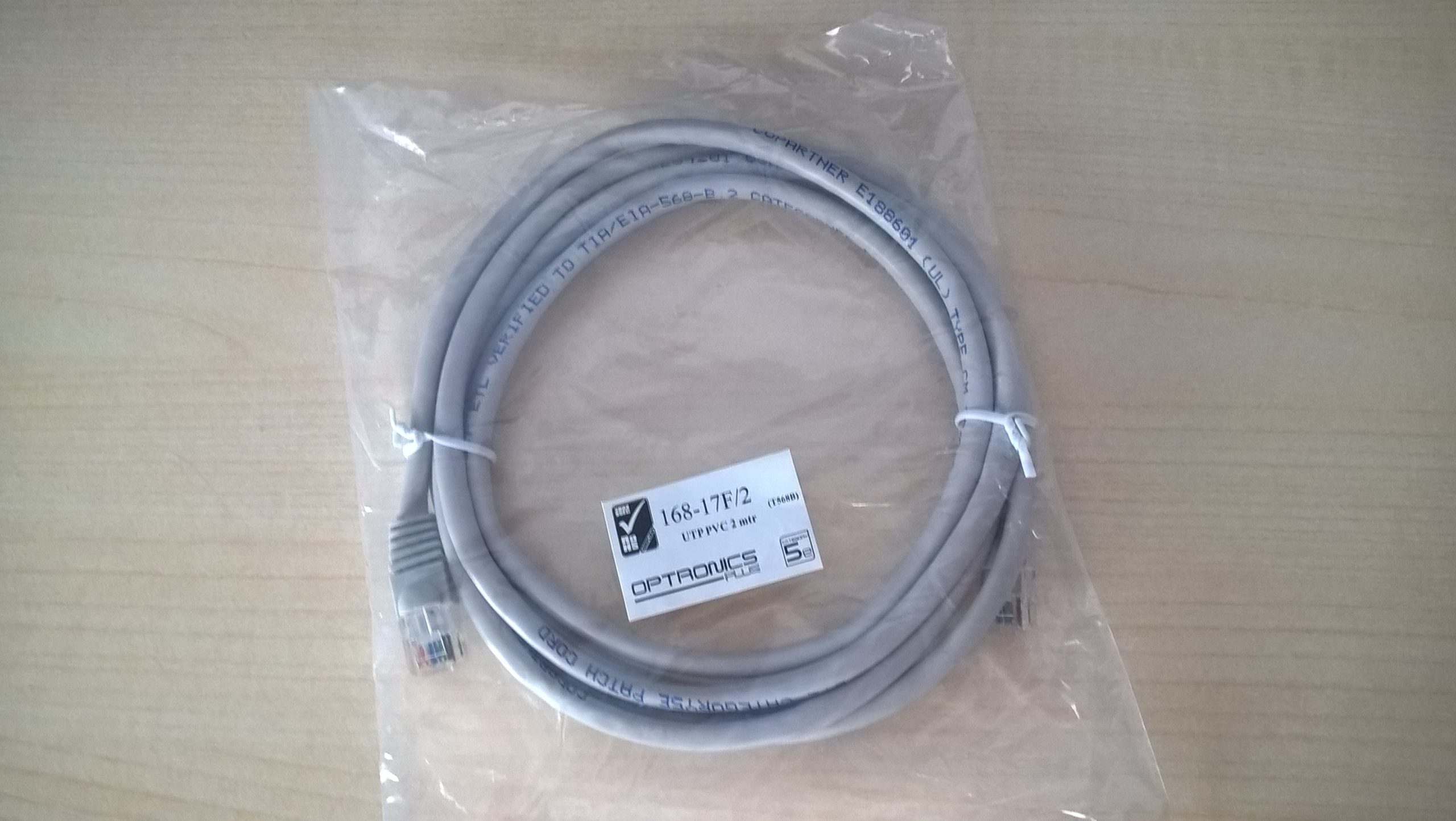Troubleshooting PC Issues After a Lightning Strike: My Journey
Introductory Thoughts
Experiencing a sudden power failure in your PC can be alarming, especially when it’s due to a lightning strike. Recently, I found myself in this exact situation, and I’d like to share my experience and the steps I took to resolve my computer troubles. If you ever find yourself in a similar predicament, this might provide some helpful insights.
The Incident
While I was working on my PC during a storm, a lightning bolt struck nearby, causing an unexpected surge. The moment it hit, I noticed a spark from the inside of my computer, and everything shut down immediately. I attempted to power it back on, but to my dismay, there were no signs of life—no lights, no fans, nothing at all.
Unsure of the problem, I decided to take a more hands-on approach. After opening the case, I reset the CMOS in hopes of resolving the issue. Unfortunately, that did not yield any results. It was at this point that I suspected the power supply unit (PSU) might be the culprit.
Investigation and Diagnosis
Upon further inspection, I indeed found some melted trails within the PSU, which confirmed my suspicion. Given the potential danger in dealing with electrical components, I opted to consult a professional for a more thorough examination. The technician replaced my old PSU with a brand-new unit, but after replacing it, my computer still wouldn’t power on.
At this stage, my computer was still in the technician’s hands, and I was left wondering about the extent of the damage. Was it just the power supply that failed, or was my entire setup doomed? I began to prepare myself mentally for the worst-case scenario, fearing that I might need to replace the motherboard or even other components in addition to the PSU.
Technical Specs
For context, here are the specifications of my setup at the time of the incident:
– Processor: Intel i3-3220
– RAM: 8GB
– Power Supply: Litepower 650W by Thermaltake
– Graphics Card: GTX 980
Additionally, the Ethernet cable was connected to a router that also succumbed to the lightning strike. Interestingly, there was no burnt smell or visible damage inside the case, which gave me a glimmer of hope.
The Resolution
In an unforeseen twist, I received an update from my technician: the issue
Share this content:




If you are experiencing issues with your computer not powering on after a lightning strike, here are some steps you can take to troubleshoot the problem: